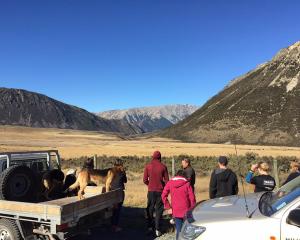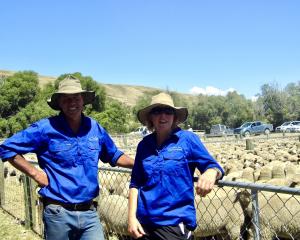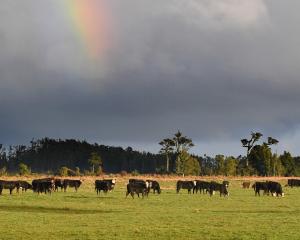The sun is setting on the "golden run" for New Zealand’s food exports.
While the global supply of dairy and meat products was expected to remain constrained, new global risks were now impacting demand, ANZ Research’s latest Agri Focus report said.
Lamb prices had dropped sharply in the past couple of months but were still at record levels for this time of the season.
A lift in slaughter numbers, weaker prices in certain markets and a slightly stronger New Zealand dollar were the main drivers in the reduction in farm-gate price, the report said.
Schedule prices for lamb peaked at $9kg carcass weight in late November but farmers were now being offered about $7.35 for finished lambs. The schedule was expected to fall much further in the coming weeks.
The coronavirus outbreak in China was causing major disruption at Chinese ports and as much lamb as possible was being diverted to alternative markets but since China had been the main market for mutton, there were now limited alternative options available, it said.
The drop in demand from China had coincided with a lift in supply from New Zealand. Dry conditions had prompted farmers to offload lambs as quickly as possible.
The number of lambs processed in the North Island before Christmas was down 33,000 head so there were now even more lambs ready to be processed. Processing space had been tight since late December and that situation was not expected to change until the quantity of finished lambs eased.
An update from Silver Fern Farms to suppliers last week said the company had resolved some early challenges about balancing cold storage and processing capacity and it "got back on track" with its processing volumes at the majority of its sites.
"We have a good market split across much of the carcass for our lamb and beef that gives us alternative options so that we can pivot to counter situations like this, albeit at lower market returns," it said.
The company was closely monitoring the coronavirus situation, saying it was a dynamic and changing situation.
It had options for managing near-term mutton production so it could continue processing.
AgriHQ senior analyst Mel Croad said China still needed to import meat protein and, once it had worked through supplies already landed, it should reinvigorate demand. "It’s a question of when, not if."
In an update to farmers, Beef + Lamb New Zealand chief executive Sam McIvor said all New Zealand meat processing and export companies were working hard to get an accurate picture of the market situation in China, understand the implications for their supply chains, and put in place contingency plans should they be needed.
Beef + Lamb and the Meat Industry Association were working with officials in the Ministry for Primary Industries and Ministry for Foreign Affairs and Trade to get updates on the situation and to help address any market access issues should they arise.
The ANZ World Commodity Price Index fell 0.9% in January as weaker meat prices pulled the overall index down.
The impact on export prices of the coronavirus outbreak was not captured in the January pricing and downwards pressure on commodity prices was expected in February.
The meat and fibre index fell 5.6% in January following a similar-sized fall the previous month. Beef prices were hardest hit, falling 8.5% as an increase in supply from New Zealand coincided with a reduction in demand from China.













